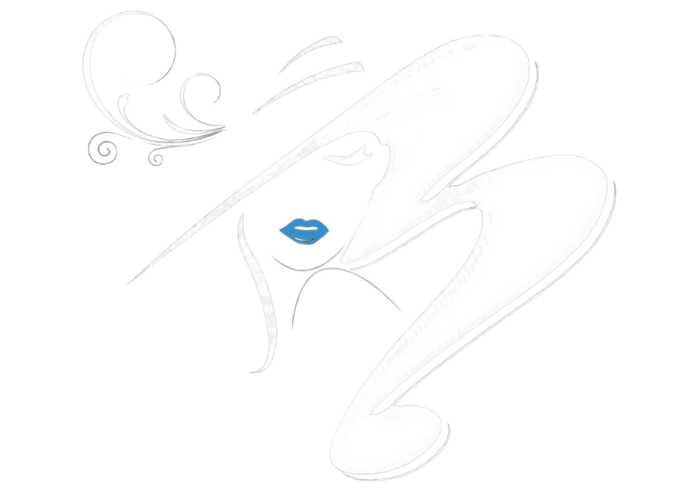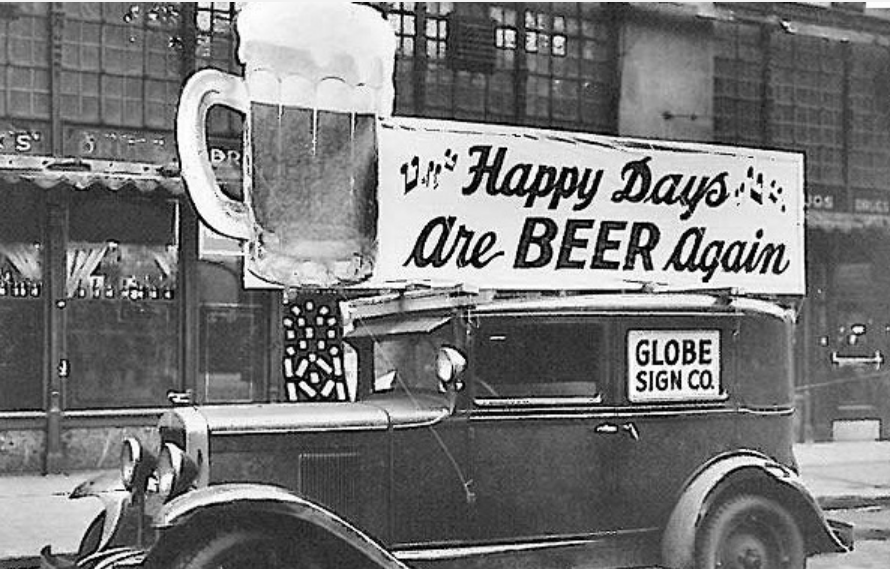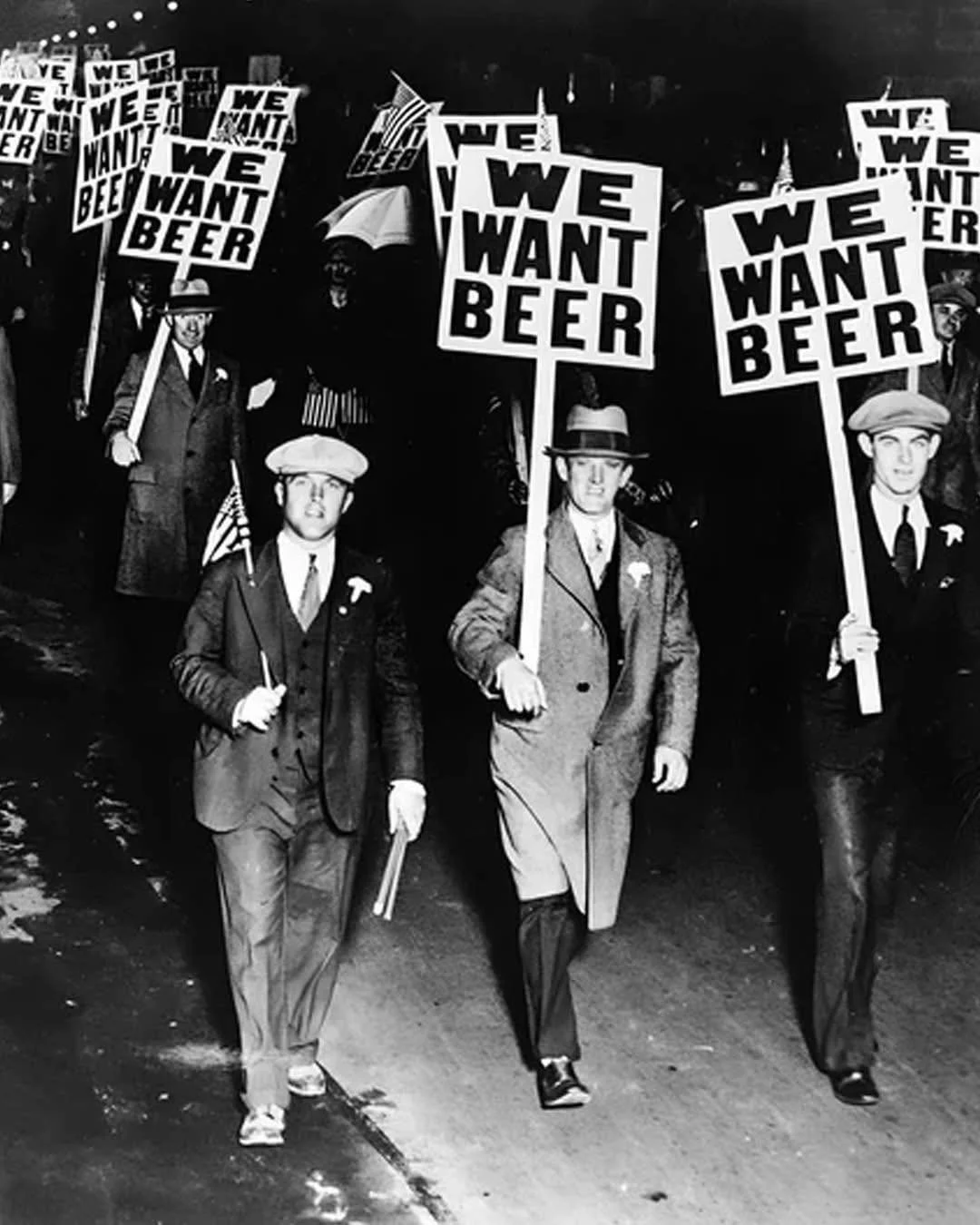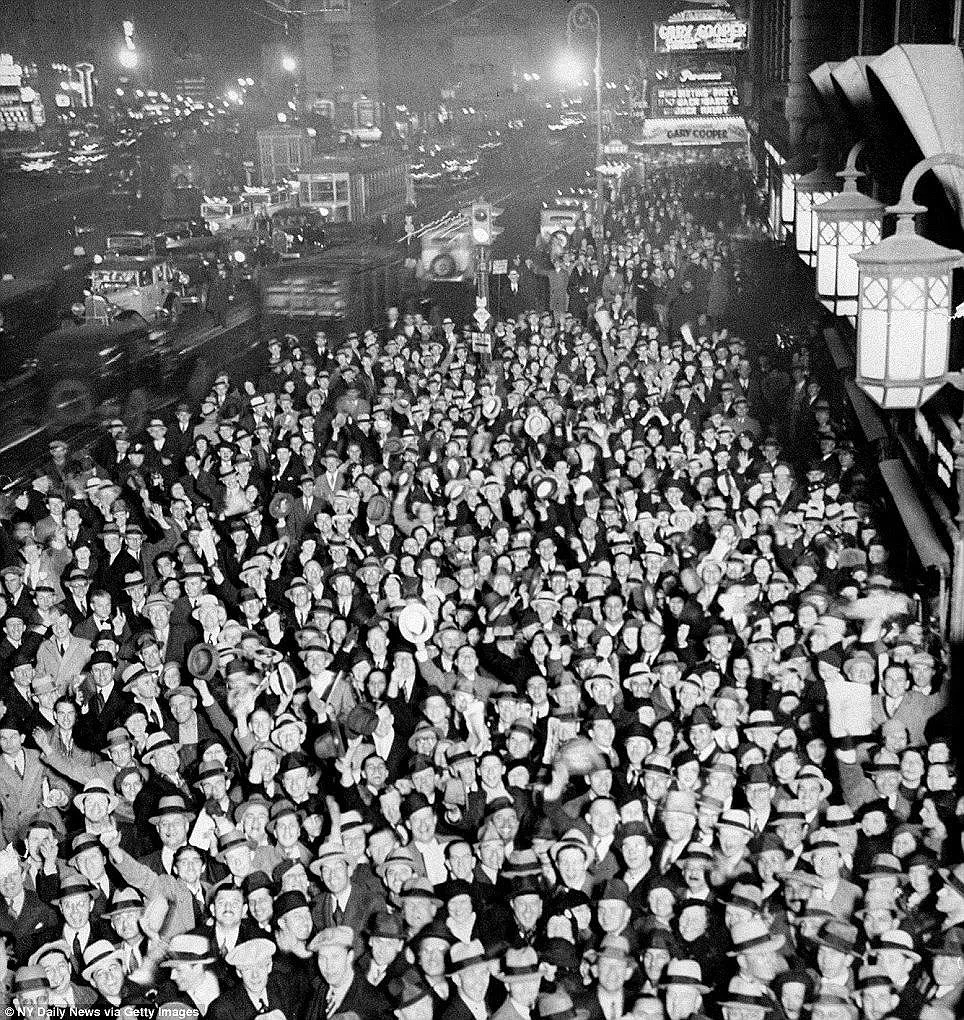
Whisperz Speakeasy
What’s the secret password?

The song Happy Days Are Here Again became the unofficial anthem for the repeal of Prohibition, which was accomplished through the ratification of the 21st Amendment on December 5, 1933. And since we’re confident this should still be celebrated, it’s also the password of the week at Whisperz Speakeasy for December 9th - 13th.
The popular tune Happy Days Are Here Again, written by Milton Ager and Jack Yellen for a 1930 movie musical, Chasing Rainbows, was adopted as Franklin D. Roosevelt's presidential campaign song in 1932. Roosevelt ran on a platform that included the repeal of the unpopular 18th Amendment (Prohibition), and the song quickly became associated with the hope for an economic recovery from the Great Depression and the return of legal alcohol.
On December 5, 1933 the 21st Amendment was ratified, with Utah being the final state needed for the three-quarters majority, officially repealing the 18th Amendment and ending national Prohibition entirely. FDR marked the occasion by issuing Presidential Proclamation 2065. Though the song Happy Days Are Here Again is upbeat and celebratory, FDR’s proclamation was not. He offered a serious call for moderation and responsible citizenship following the return of "individual freedom." In this Proclamation, he officially proclaimed the repeal of the 18th Amendment and directly urged all citizens to cooperate with the government in restoring respect for law and order. He asked that the repeal "shall not be accompanied by the repugnant conditions that obtained prior to the adoption of the eighteenth amendment," referencing the social ills tied to excessive drinking in the pre-Prohibition era and declared the government's goal was to ensure the end of the "notoriously evil illicit liquor traffic" (bootlegging) and promote "a greater temperance throughout the Nation."
By December 1933, Happy Days Are Here Again had a dual meaning: the promise of economic renewal with The New Deal and the joy expressed over the end of the controversial prohibition experiment. Celebrations erupted across the country throughout December, with people dancing in the streets and bars displaying signs reading
"Prohibition is over! Happy days are here again!”
Happy Days Are Here Again - Ben Selvin & The Crooners (1930)

-
Open House: Come As You Are, No Dress Code
12.17 4:00-11:00PM
EVERY THIRD WEDNESDAY OF THE MONTH we’re inviting friends, family, neighbors, and colleagues to come experience the vibe of the Speakeasy no matter your attire. There will be no dress code enforcement on these evenings as we welcome classical guitarist Danny Voris from 6-9pm alongside our Whiskey Wednesday Specials when all standard bourbon, scotch and whiskey pours and cocktails are 25% off!
-
Whiskey & Wine: 5 Course Gourmet Pairing
12.22 6:00PM-8:00PM
Ticketed EventJoin us Monday, December 22nd at 6pm for a unique evening: Whiskey & Wine, 5 Course Gourmet Pairing with educators & influencers Sam Fletcher & Dr. Heather Hellweg. We’ll perfectly pair your chosen libations with delicious hors d'oeuvres, dinner, and dessert for an elegant, educational evening. Tickets available now exclusively on our website or in person!
-
Silver, Gold & Decadence: New Year's Eve Party
12.31 6:00PM-1:00AM
Ticketed EventWelcome 2026 with Silver, Gold & Decadence as we host our our most elegant and extravagant party yet; an unforgettable New Year’s Eve celebration full of champagne, two enchanting live performances, dancing, a finely catered meal, handcrafted cocktails and mocktails, dessert, party favors, and more!




























